A product says 2% salicylic acid, but what’s the rest of it? Actives in skincare can seem a bit…confusing. So we’re here to break it down with new Picky Expert @dermomtology for a helpful guide to active and inactive ingredients. How do they differ and what can they do for your skin? Let’s dive in and find out!
Skincare is a Recipe

Think of it like a chocolate chip cookie, but try not to get too hungry. If we look at skincare like a cookie recipe, it can be a bit easier to follow! With chocolate chip cookies we have “active” and “inactive” ingredients that make up the cookies base. All ingredients are essential for creating the delicious outcome. You can add expensive and top quality chocolate chips to your cookie, but if the recipe of the cookie isn’t good then…what’s the point? Same thing if you add the best active ingredients to a formulation, if it can’t penetrate into the skin…it’s worthless.
What Are Inactive Ingredients?
In a skincare formulation, inactive ingredients are normally referred to as the “vehicle.” And just like a vehicle, the inactive ingredients have a purpose for delivering the actives to where they’re needed on your skin! Driving it to the epidermis (outer-most layer of skin) or into the dermis. They also have many other functions, including:
- Determine the products form (cream, lotion, serum, gel, etc.)
- Provides the product texture
- Aids active ingredient’s performance
- Helps to prevent microbial growth and chemical decomposition
- Can help make the product look and smell good
Although actives usually get most of the glory, inactives shouldn’t be overlooked! When it comes to a skincare product, having a formulation that maximizes both sides will create a truly beneficial product!
Types of Inactive Ingredients
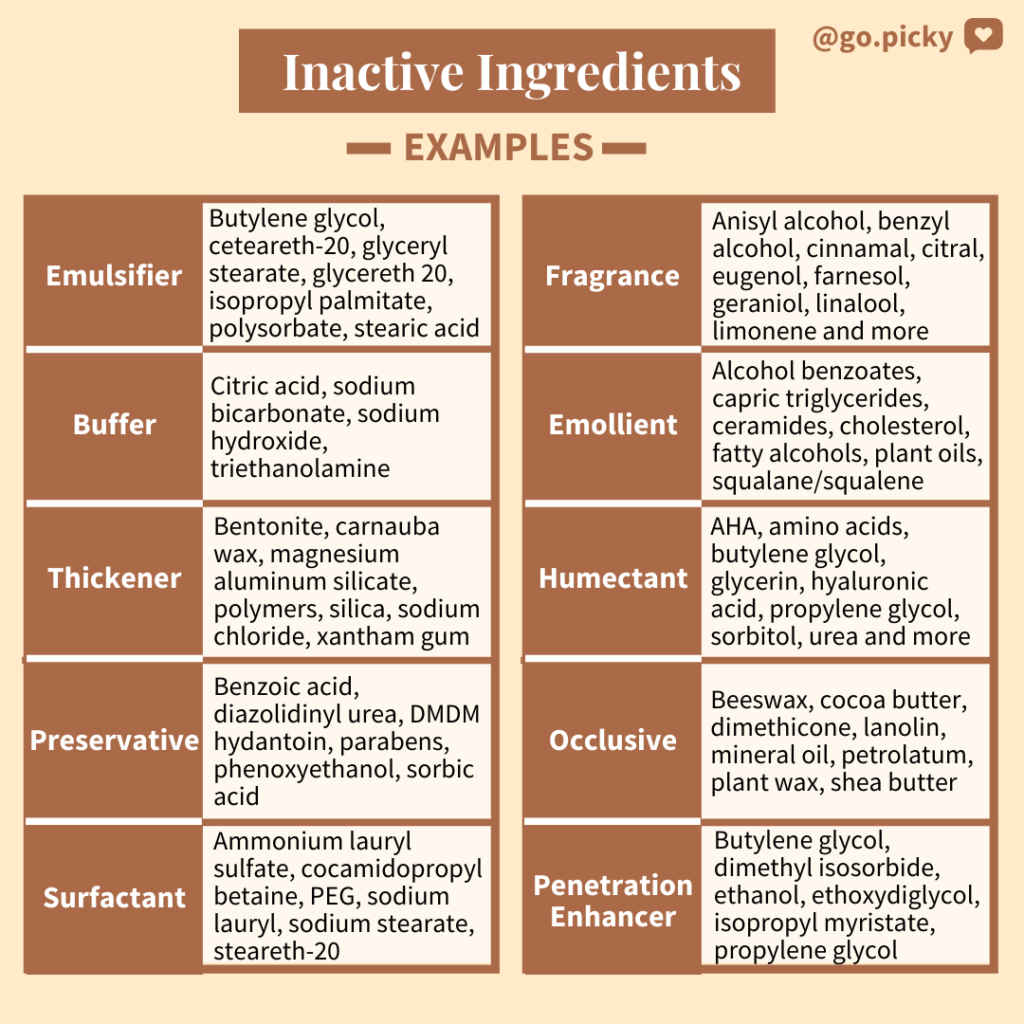
Base
The base is the first ingredient of any skincare product. Think of it as liquid in a glass, where all the other ingredients are added to. Mostly composed of mixtures of water and oil. Putting these two together, depending on proportions and how, you can get a serum, solution, lotion, gel, cream or ointment.
Emulsifiers
Emulsifiers help to keep oil and water components from separating. Most skincare products are emulsions, meaning droplets of oil dispersed in droplets of water dispersed in oil. Sounds confusing, but super important for the mix of things!
More Inactives
- Buffers: Help to adjust and stabilize a product’s pH.
- Thickening Agents: Create smooth and thick consistency.
- Penetration Enhancers: Reversibly disrupts the skin barrier so actives can better penetrate. Can irritate.
- Preservatives: Help to prevent decomposition by microbial growth or chemical changes to extend shelf life of products.
- Surfactants: This ingredient has active and inactive components. The active side removes oil and dirt while the inactive side improves spreadability.
- Fragrances: Help to make a product smell nice and help mask unattractive odors from other ingredients.
- Emollient: Softens and smooths skin by filling gaps between skin cells.
- Humectant: Attracts water to the skin and helps keep skin hydrated.
- Occlusives: Prevents water loss from the skin by forming a barrier.
Inactive ingredients have great benefits, but can also be potentially harmful. Those with allergies, sensitivity or skin barrier issues can face some problems when it comes to fragrances, preservatives and penetration enhancers. Of course, not the case for everyone, many can use these ingredients without an issue!
What Are Active Ingredients?
Actives are ingredients that do what a product claims. Usually these ingredients are supported by lab or clinical studies. If you need to brush up on some actives, check out our Crash Course on Skin Actives.
Types of Active Ingredients
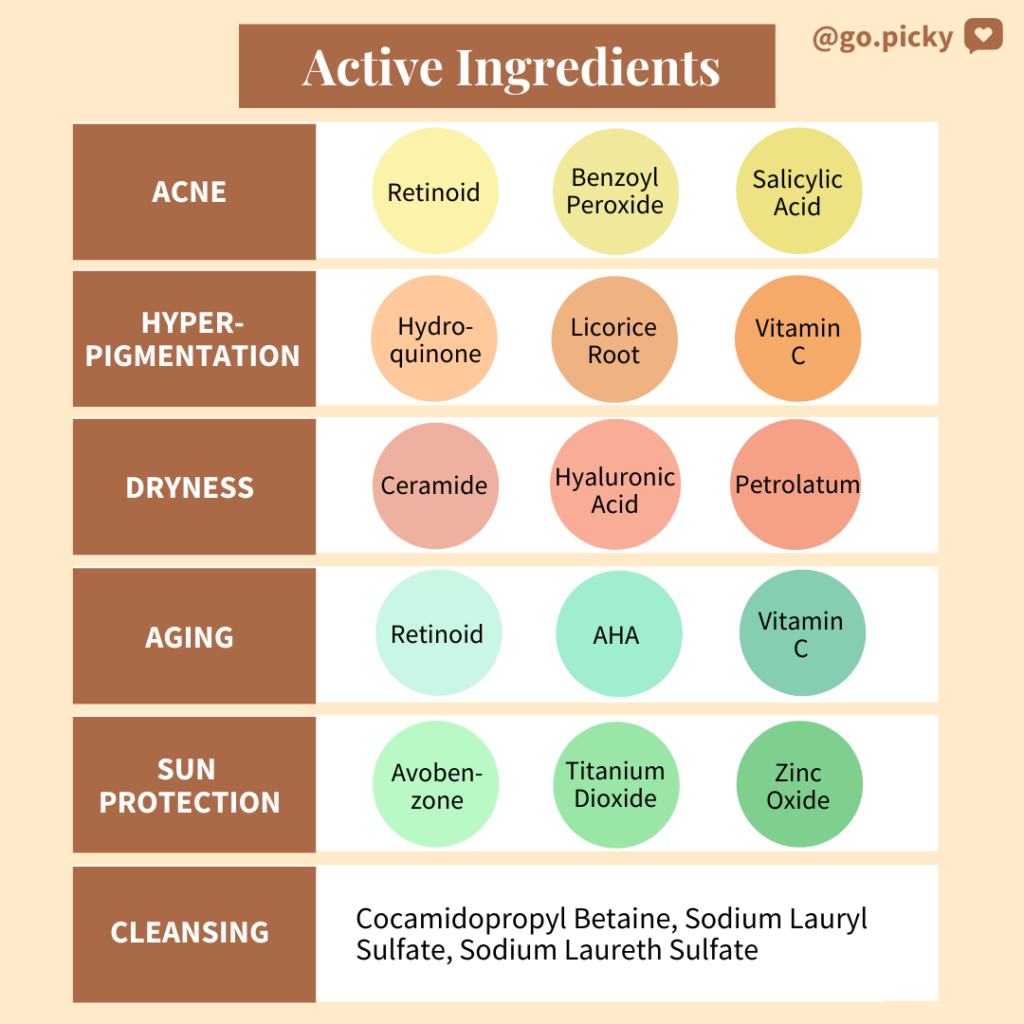
There are a ton of actives out there so we organized based on the skin concern they address! You can click any of the active ingredients to find articles with more information.
- Acne: Retinoids, benzoyl peroxide, salicylic acid
- Hyperpigmentation: Hydroquinone, licorice root extract, vitamin C
- Dryness: Ceramides, hyaluronic acid, petrolatum
- Aging: AHAs, retinoids, vitamin C
- Cleansing Agents: Cocamidopropyl betaine, sodium lauryl sulfate, sodium laureth sulfate
- Sun Protection: Avobenzone, titanium dioxide, zinc oxide
How to Read an Ingredient List
When it comes to ingredient labels, it can be overwhelming. So try to keep some of these tips and tokens of wisdom in mind!
- Usually, ingredients are listed in descending order of concentration.
- Ingredients don’t have to be in the top 5 of the list to have an actual function. Not all ingredients need a high concentration to work effectively!
- Ingredients with <1% of the formula can be listed randomly (examples: fragrance, preservatives, etc).
- Gives an idea if a product will:
- Work for specific concern (active ingredient)
- Cause a reaction (ingredient that has caused issues in the past)
- When in doubt, patch test it out! Use a patch test to determine whether a product will make or break your skin.
Ingredient Savvy on Picky
Now that you’re an expert on inactive and active ingredients, put your knowledge to the test on Picky with our Mega Ingredient Filter! This filter lets you add and exclude specific ingredients in your product search! Don’t forget to check out our instagram for more fun skincare content and click here to head back to the Picky blog!
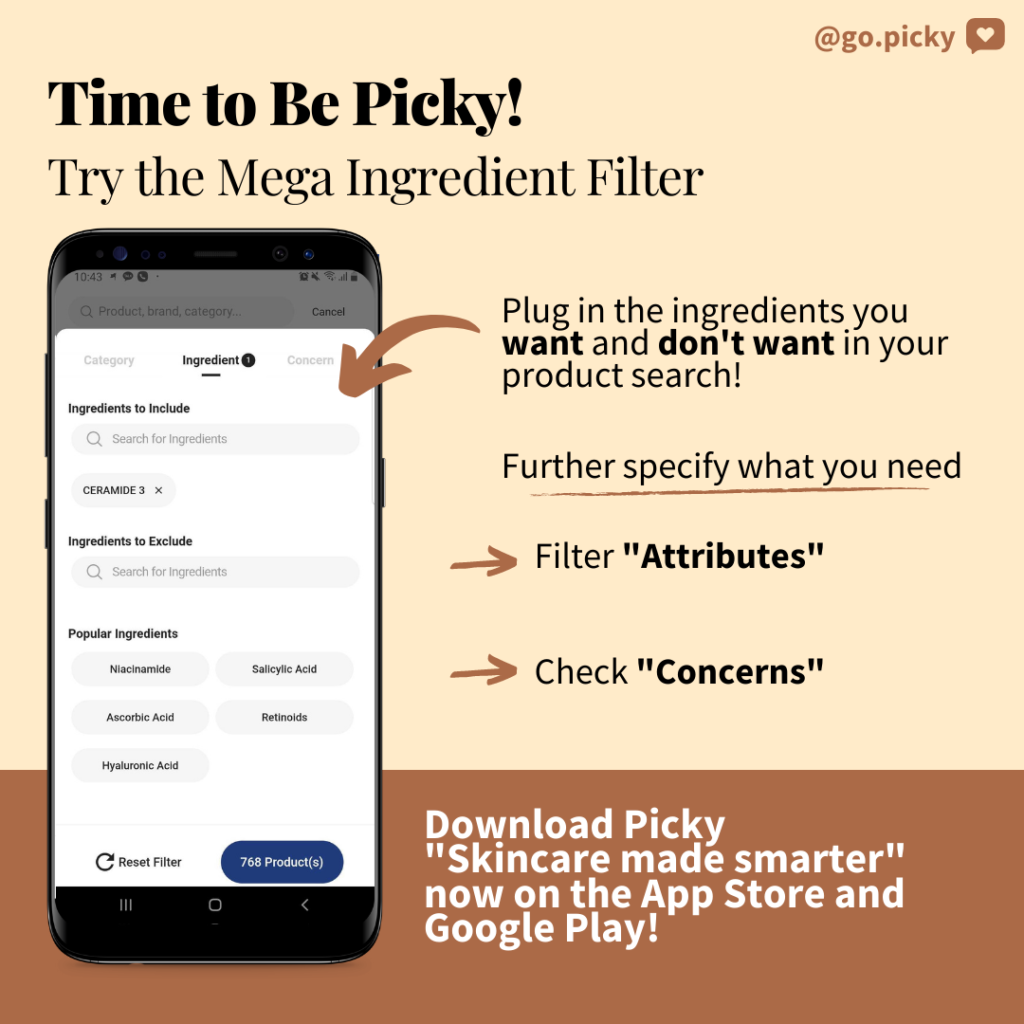


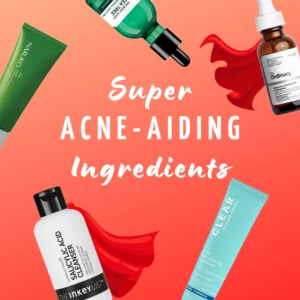
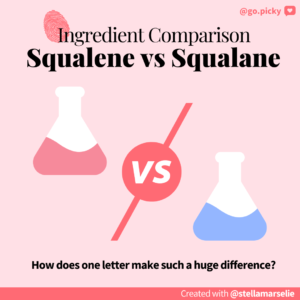
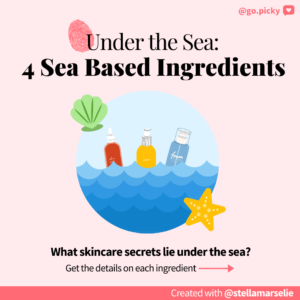
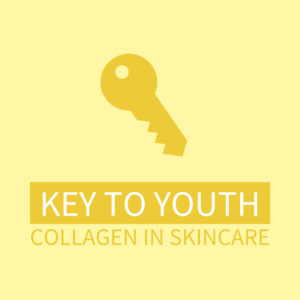








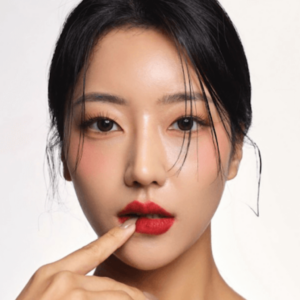

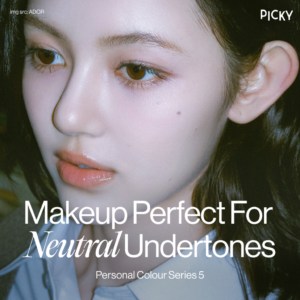
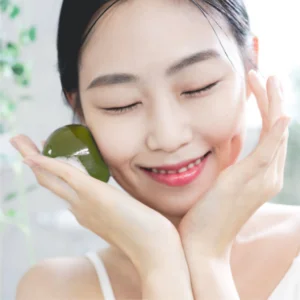

3 Responses
I really like and appreciate your article post. Much thanks again. Keep writing. Stormy Jeremy Isabeau
Admiring the hard work you put into your website and in depth information you provide. Dierdre Mathew Hartfield
I really enjoy the blog article.Much thanks again. Keep writing.